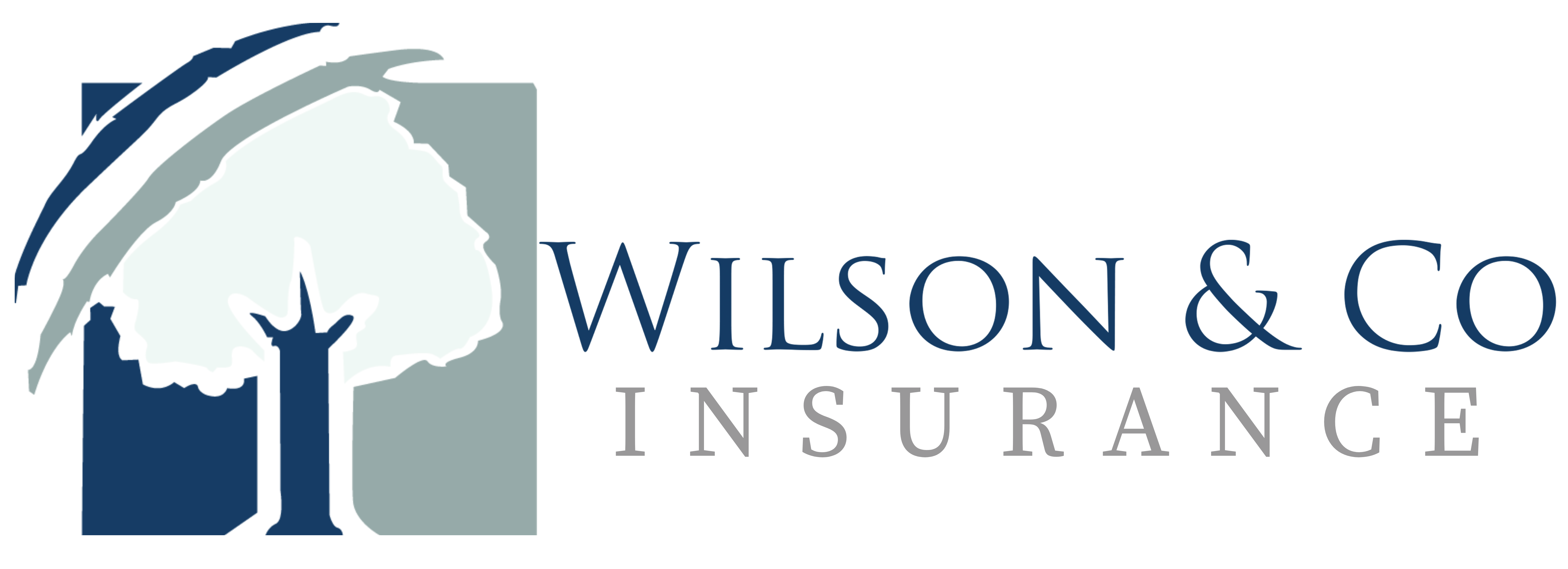How to Achieve Comprehensive Insurance Coverage on a Budget: A Guide to Maximizing Group Health Benefits
Achieving high-quality group health benefits while staying within a limited budget is a dilemma faced by many businesses today. Recent data from the Kaiser Family Foundation shows that health care costs have risen steadily over the years, pushing companies to rethink their insurance strategies. With rising premiums and intricate compliance requirements, balancing cost and coverage has become a pressing challenge. This guide addresses these concerns by exploring practical approaches to create comprehensive group health insurance plans that meet both employee needs and budget constraints.
Wilson & Co., serving businesses nationwide, helps organizations craft tailored insurance solutions that deliver measurable results without compromising quality or compliance.
Understanding the Landscape of Affordable Group Health Insurance
Businesses have long struggled to find the sweet spot that offers sufficient coverage without overspending. With health care costs continually rising, companies must look closely at their benefit packages and seek cost-effective methods that also ensure employee satisfaction.
Understanding employee demographics and specific needs is crucial. Analyzing factors such as age, family status, and existing health conditions provides insight into the types of coverage that employees value the most. This allows companies to select plans that both safeguard employees and align with budget goals. A strategic review of benefits can also enhance a company’s competitive edge in attracting and retaining talent.
Navigating Compliance and Legal Considerations in Group Health Insurance
Keeping up with compliance requirements is an essential part of designing any group health insurance plan. With constant changes in federal and state regulations, businesses must ensure that their insurance strategies adhere to the rules without compromising quality.
Compliance management goes hand-in-hand with cost management. While some compliance measures may appear to increase costs, understanding and integrating these rules can help avoid fines and costly adjustments. Businesses that incorporate legal guidance into their insurance planning often negotiate better deals and strengthen overall plan design.
Utilizing Workforce Demographics for Tailored Solutions
Each company’s workforce is unique, and a one-size-fits-all insurance plan rarely meets everyone’s needs. Data collected from employee surveys, health risk assessments, and usage trends can help optimize group health insurance plans.
For example, companies with younger workforces might prioritize plans emphasizing preventive care and wellness initiatives, while organizations with older demographics may need robust chronic disease management coverage. Understanding these factors allows for smarter policy design that benefits both employees and employers.
Simplifying Compliance: A Guide for Business Leaders
Effective systems for managing compliance are indispensable in today’s regulatory environment. Businesses can establish dedicated teams to handle benefits compliance, regularly review policy documents with legal experts, and train HR teams on updates in legislation. This methodical approach ensures that businesses remain prepared to handle regulatory shifts without unnecessary cost burdens.
The Art of Negotiation: Securing the Best Terms
Negotiating group health insurance terms can significantly impact cost control. Companies can save substantially by evaluating different plan options, considering bundled coverage, or negotiating with multiple carriers. Leveraging collective bargaining power or pooling resources with similar organizations often leads to better pricing without sacrificing coverage quality.
Real-World Success: Companies Thriving with Balanced Budgets
Several companies have successfully managed to balance comprehensive coverage with cost savings. One mid-sized manufacturing firm, for example, restructured its benefits package by combining high-deductible health plans with health savings accounts for younger employees and more comprehensive options for older staff, reducing overall expenses by 15% while increasing employee satisfaction.
Another technology firm streamlined compliance processes and partnered with industry experts, creating a simplified benefits package that resonated across its workforce. These examples illustrate that a detailed, data-driven approach can produce tangible results.
Engaging Employees: Tips for Plan Adoption Success
Communication is key to ensuring employees understand and engage with their benefits. Companies can boost participation by providing clear, concise information through informational sessions, brochures, or secure employee portals. Offering decision-making guides and FAQs helps employees make informed choices, leading to higher satisfaction and better plan utilization.
Your Strategic Blueprint for Insurance Optimization
Implementing a successful group health insurance strategy requires a detailed, step-by-step blueprint:
- Evaluate Current Plans and Gather Data: Review benefits, claim patterns, employee feedback, and cost trends.
- Analyze Employee Demographics: Use surveys and data analytics to identify workforce needs.
- Understand Regulatory Requirements: Stay updated on compliance issues and train HR teams accordingly.
- Simplify the Offerings: Focus on essential benefits that meet most employee needs.
- Negotiate with Insurers: Use workforce data to leverage better terms with multiple quotes.
- Communicate with Employees: Develop clear messaging about new plan offerings through multiple channels.
- Monitor and Adjust: Track plan performance, employee feedback, and cost trends for continuous improvement.
Get Started Today: Partnering with Trusted Experts
Expert guidance can help businesses navigate the complex world of group health insurance more efficiently. Wilson & Co. specializes in delivering tailored benefits solutions that align with compliance requirements, employee expectations, and operational budgets. Their data-driven approach ensures that every plan is optimized for performance and cost control.
Businesses facing rising premium costs or struggling to meet diverse workforce needs can benefit from expert insights into reimbursement models, preventive care strategies, and effective negotiation tactics. With Wilson & Co.’s help, companies can build sustainable, flexible insurance solutions that grow with them over time.
Practical Applications of a Tailored Insurance Strategy
Many industries have found success with customized insurance models. For instance, a retail company shifted to a hybrid model blending essential coverage with voluntary benefits tailored to different employee segments. This not only improved health outcomes but also increased productivity and reduced absenteeism.
Employee wellness programs that offer onsite screenings, wellness challenges, and nutritional counseling contribute significantly to lowering claims related to chronic conditions, further reducing long-term costs.
Integrating Technology in Insurance Management
Modern HR platforms and analytical dashboards have revolutionized how companies manage health insurance. Real-time monitoring of utilization patterns, secure employee portals for personalized plan comparisons, and automated compliance tracking help streamline administration while improving employee engagement with benefits offerings.
Looking Ahead: Challenges and Opportunities
The group health insurance landscape continues to evolve with regulatory changes, technological advancements, and shifting workforce demographics. Companies that prioritize innovation in telehealth services, digital wellness initiatives, and flexible benefits design will stay ahead of trends and manage costs more effectively.
Continual improvement and regular benefits reviews allow businesses to remain competitive and compliant while enhancing employee satisfaction and loyalty.
Summary and Next Steps
Offering comprehensive group health insurance on a budget is achievable with a thoughtful, data-driven approach. Businesses that understand employee demographics, simplify compliance management, and engage expert advisors are better positioned to optimize benefits strategies for long-term success.
Now is the time to evaluate your current insurance offerings, gather insights from your workforce, and map out a plan that aligns with both your financial goals and employee needs. For personalized guidance, contact Wilson & Co. today and discover how a tailored benefits solution can drive your organization forward.
Author: Wilson & Co. Team


Leave a Reply